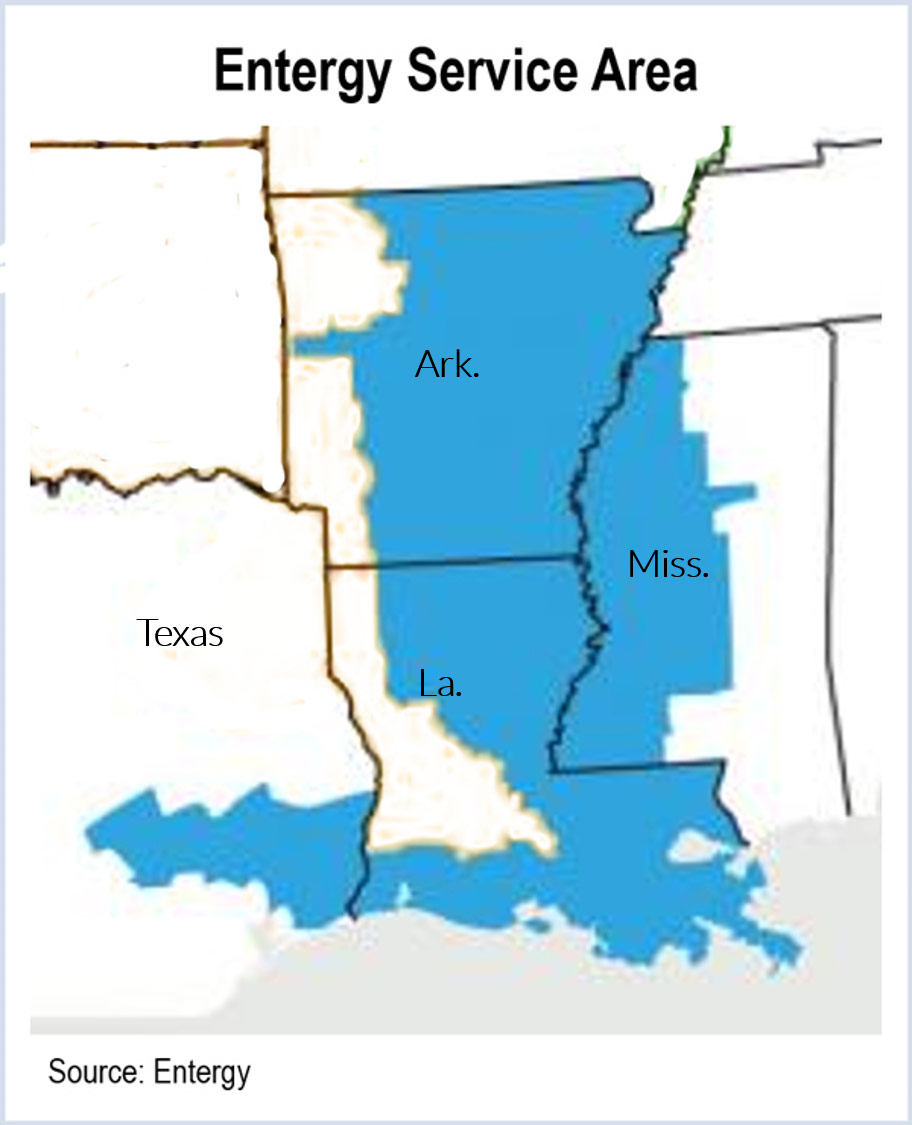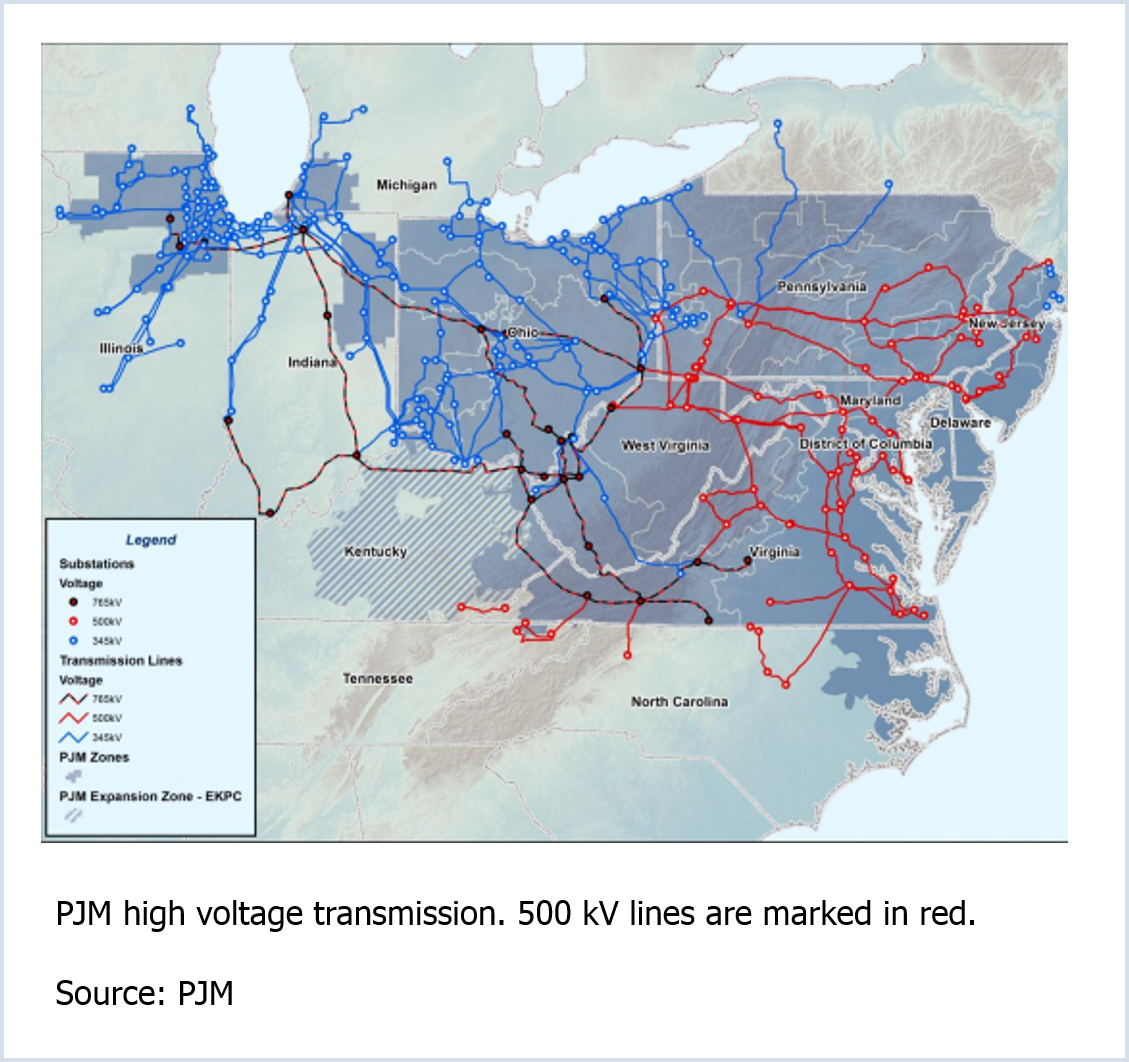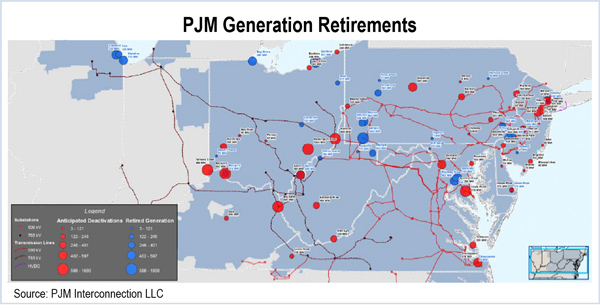By Ted Caddell

“We find [the] applicants’ proposed mitigation is insufficient to address the competitiveness concerns,” the commission wrote (EC14-112).
FERC gave the companies 30 days to come back with a new mitigation plan. Among other demands, it wants PPL to sell off 700 more megawatts of generation than originally proposed, for a total of about 2,000 MW.
PPL and Riverstone Holdings announced in June they would join their generation businesses into a publicly traded independent power producer named Talen Energy. The new company would own 15,320 MW of capacity, including 12,000 MW in PJM.
In their application, the companies proposed selling about 1,300 MW of PJM generation to avoid market power complaints. The companies said that no company with more than 10% of PJM’s summer installed capacity would be permitted to bid for the plants. That would leave out Public Service Enterprise Group, Exelon and NRG Energy.
In its proposal to FERC, PPL gave two mitigation packages. One involved six Riverstone plants and one PPL plant in New Jersey and Pennsylvania — all combined-cycle plants — for a total of 1,315 MW. The second involved the same six Riverstone plants, plus a 399-MW coal-fired plant in Maryland and two PPL hydro plants in Pennsylvania for a total of 1,346 MW.
FERC’s mitigation demands closely mirror those suggested by PJM Independent Market Monitor Joe Bowring. The commission said it will:
- Require Talen to make cost-based offers in the energy and regulation market; and
- Require Talen to offer into PJM markets the same plants and output as PPL did, prohibiting it from holding back generation to drive prices up.
FERC declined to accept Bowring’s recommendation that it add American Electric Power, FirstEnergy, Dominion Resources, Duke Energy and Calpine to the companies barred from purchasing the plants sold in mitigation.
The commission said that it would subject any buyers to a competitive screening process to prevent market power concerns.
“PPL is carefully reviewing the order,” PPL spokesman George Lewis said. “We are assessing the options presented by FERC in detail and will submit a reply within the 30-day response period that addresses the market power mitigation issues FERC has raised.”



